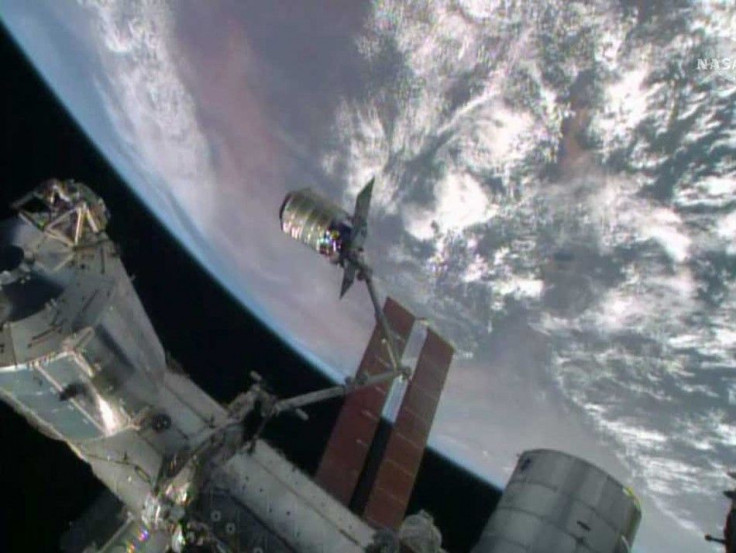3D Printing Used By Astronauts In Space

Astronauts at the International Space Station (ISS) have successfully manufactured a working socket wrench using 3D printing technology. The instructions on how to assemble and make the socket wrench was emailed to the astronauts at the ISS, by NASA mission control.
One of the astronauts stationed at the ISS, Barry "Butch" Wilmore, had communicated to the officials at NASA mission control that he required a socket wrench, which was not available at the ISS. The engineering department at Made In Space took this opportunity to set up an experiment to see if the 3D printer that they had developed for the ISS could be put to some good use.
The 3D printer reportedly took around four hours to build the socket wrench in the ISS. The founder of Made In Space, Mike Chen, said, "The socket wrench we just manufactured is the first object we designed on the ground and send digitally to space, on the fly. It also marked the end of our first experiment - a sequence of 21 prints that together make up the first tools and objects ever manufactured off the surface of the Earth."
The engineers at Made In Space used computer aided design (CAD) to create plans to produce an earthbound version of the tools. Once NASA verified the design plans, the plans were sent to the ISS in the form of an email. On the safe delivery of the 3D printer, one of the first things it made was a sample component. Scientists hope that the 3D printer can be used in the future, to manufacture parts for any broken equipment in the ISS.
Made In Space plans to collaborate with NASA on future missions to send bigger and better 3D printers onto spacecraft. Not to be outdone, The European Space Agency plans to fly up its very own 3D printer sometime in 2015 as well.






